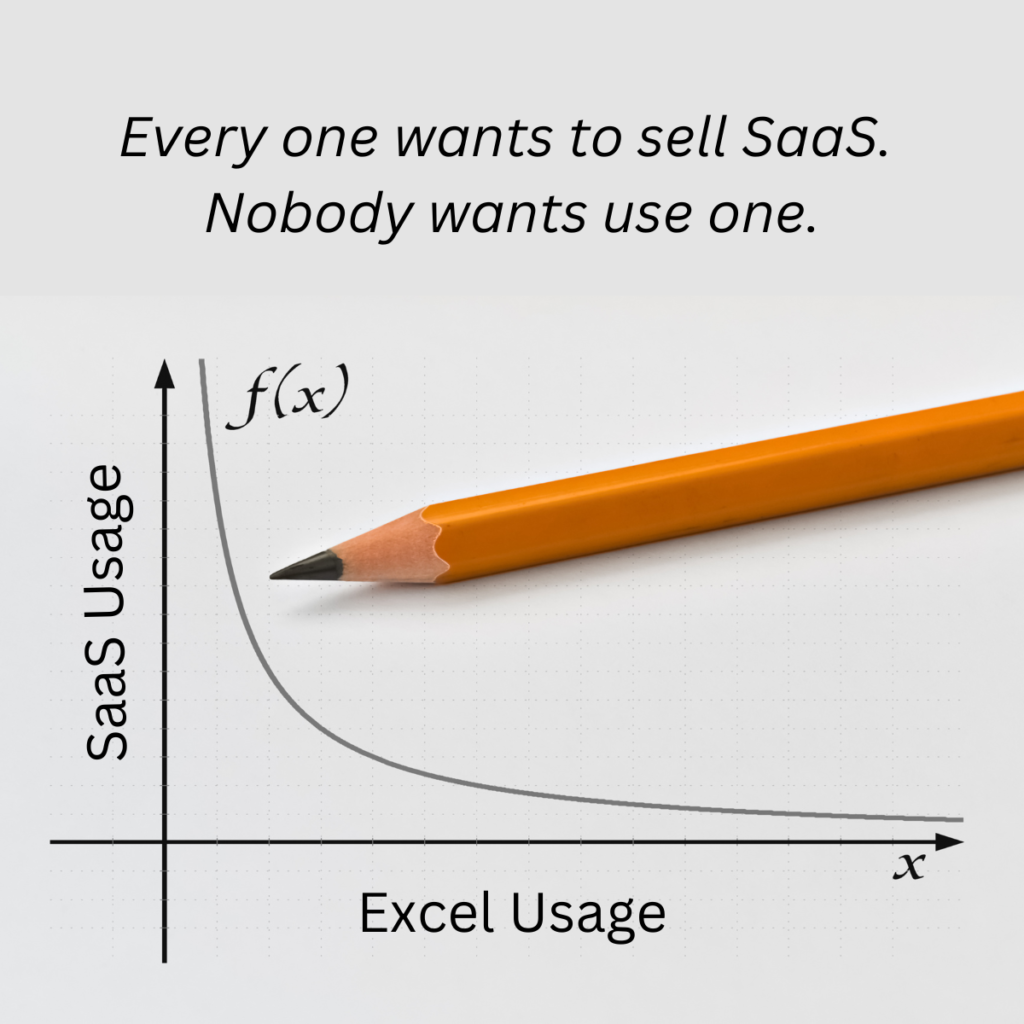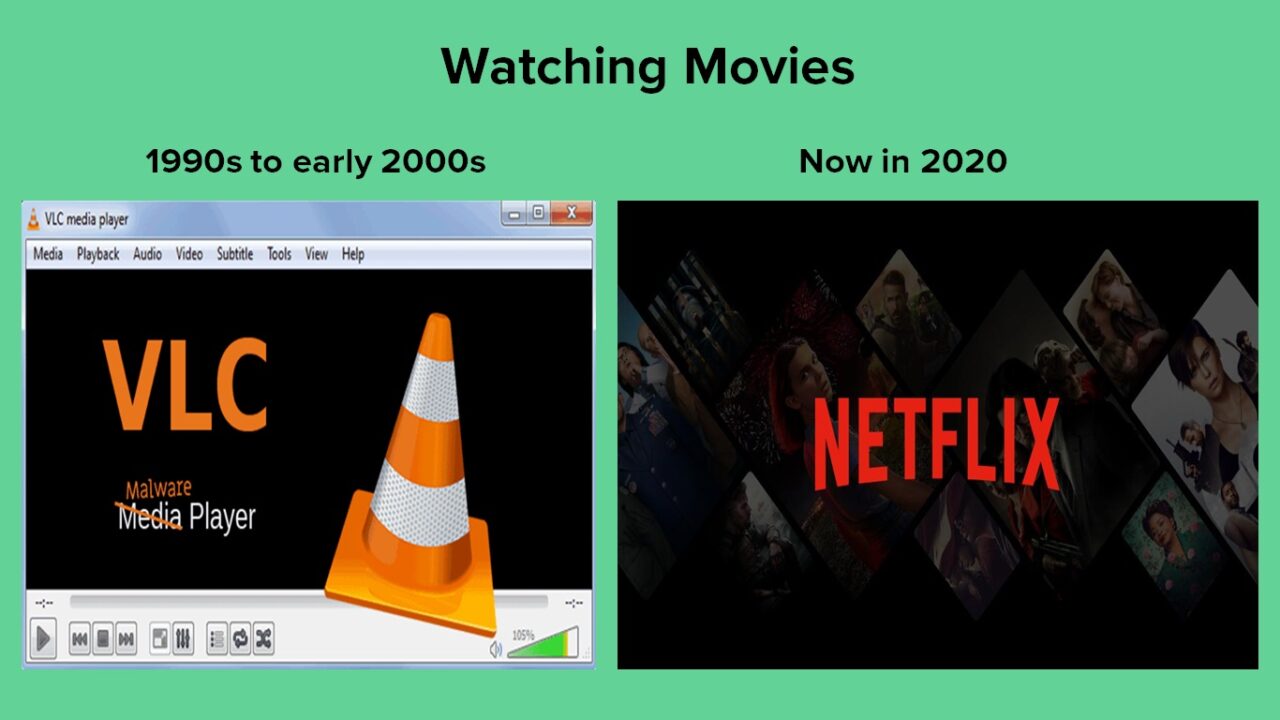𝘌𝘷𝘦𝘳𝘺 𝘰𝘯𝘦 𝘸𝘢𝘯𝘵𝘴 𝘵𝘰 𝘴𝘦𝘭𝘭 𝘚𝘢𝘢𝘚. 𝘕𝘰𝘣𝘰𝘥𝘺 𝘸𝘢𝘯𝘵𝘴 𝘶𝘴𝘦 𝘰𝘯𝘦.
Here’s why.
𝐅𝐚𝐦𝐢𝐥𝐢𝐚𝐫𝐢𝐭𝐲 𝐚𝐧𝐝 𝐂𝐨𝐦𝐟𝐨𝐫𝐭: Employees prefer Excel due to familiarity, reducing motivation to adopt new SaaS tools requiring training.
𝐂𝐮𝐬𝐭𝐨𝐦𝐢𝐳𝐚𝐭𝐢𝐨𝐧 𝐅𝐥𝐞𝐱𝐢𝐛𝐢𝐥𝐢𝐭𝐲: Excel’s high flexibility allows users to customize freely, making SaaS tools feel restrictive by comparison.
𝐂𝐨𝐬𝐭 𝐒𝐞𝐧𝐬𝐢𝐭𝐢𝐯𝐢𝐭𝐲: Excel is bundled with Microsoft Office, making it seem more cost-effective than SaaS tools with subscription fees.
𝐑𝐞𝐬𝐢𝐬𝐭𝐚𝐧𝐜𝐞 𝐭𝐨 𝐂𝐡𝐚𝐧𝐠𝐞: Switching from Excel to SaaS requires time and effort, leading to reluctance despite SaaS benefits.
𝐏𝐞𝐫𝐜𝐞𝐢𝐯𝐞𝐝 𝐀𝐝𝐞𝐪𝐮𝐚𝐜𝐲: Many teams feel Excel meets their needs, so they don’t see the value in switching to SaaS.
𝐋𝐢𝐦𝐢𝐭𝐞𝐝 𝐈𝐦𝐦𝐞𝐝𝐢𝐚𝐭𝐞 𝐍𝐞𝐞𝐝 𝐟𝐨𝐫 𝐀𝐝𝐯𝐚𝐧𝐜𝐞𝐝 𝐅𝐞𝐚𝐭𝐮𝐫𝐞𝐬: Teams often stick with Excel if they don’t immediately need the advanced features SaaS tools offer.
𝐒𝐢𝐥𝐨𝐞𝐝 𝐃𝐚𝐭𝐚: Excel is often used in silos, limiting the need for enterprise-wide SaaS tools that promote collaboration.
Have I missed anything. Comment below.
p.s. Drop your email in the followit box to receive my latest blog. We can also stay connected on various social media platforms, just click the links to follow.



